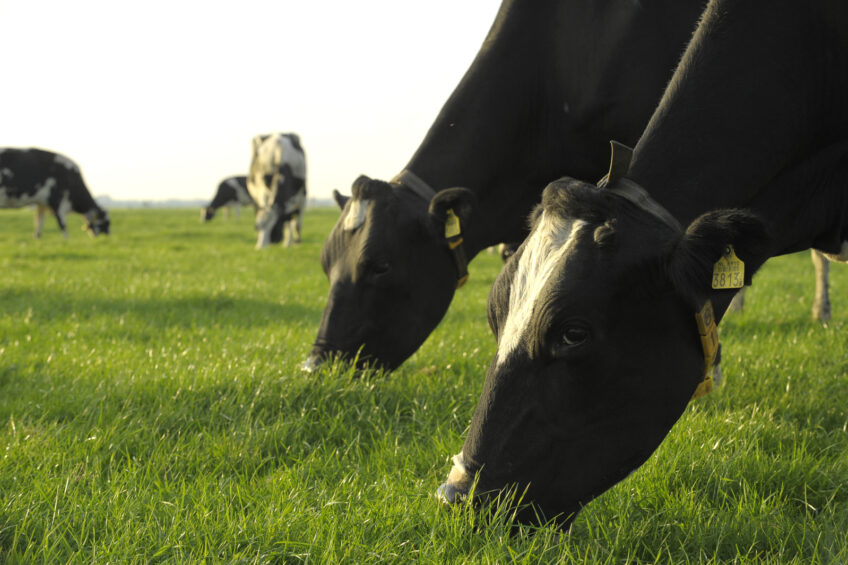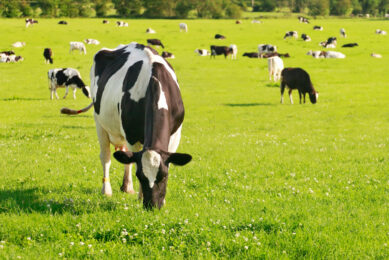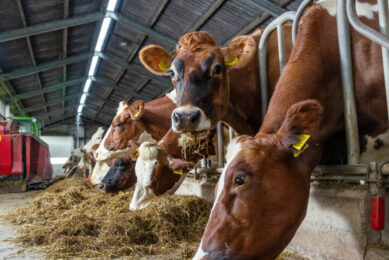Grazing indicator launched

Qlip laboratory in the Netherlands that deals with quality assurance of dairy products, has developed a new grazing indicator. This indicator uses big data to determine whether milk was produced by cows that graze on pasture.
The grazing indicator weights the probability that milk was produced by cows that grazed fresh grass on pasture. “The composition of milk is affected by what a cow eats, making it possible to see whether they were fed fresh grazed grass or other feed such as grass or corn silage. The grazing indicator provides a new method for monitoring and safeguarding sufficient grazing”, as stated on the website of Food Valley NL in the Netherlands.
The spectra and computational models underlying this indicator are also being used to develop other valuable indicators. Based on big milk data, Qlip is developing models and indicators to determine animal health and welfare, as well as sustainability.
These indicators could detect a range of characteristics at herd or individual cow level including metabolic disorders like ketosis and ruminal acidosis in dairy cattle, and measure important environmental factors like methane emissions. These data can be used to support dairy farmers in the management of their businesses, dairy herd improvement programs in the breeding of better cows, and the dairy industry in the improvement and assurance of product quality.
Join 13,000+ subscribers
Subscribe to our newsletter to stay updated about all the need-to-know content in the dairy sector, two times a week.










